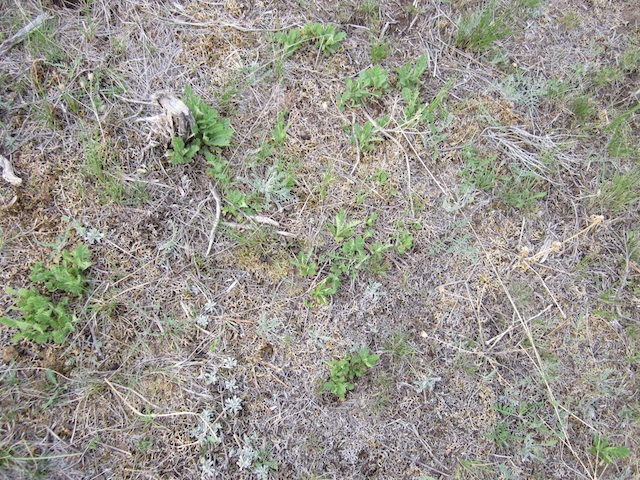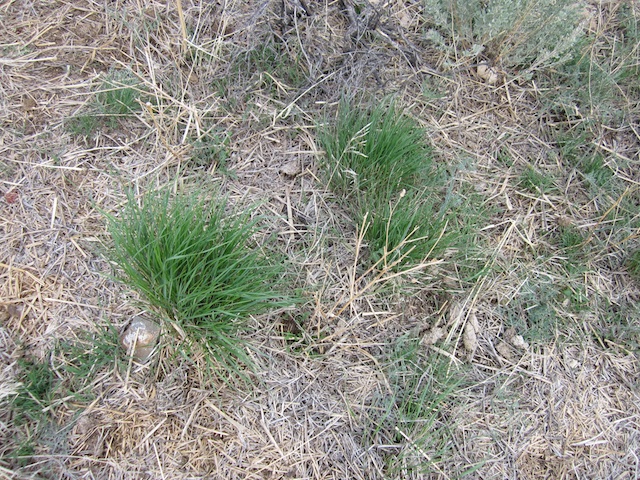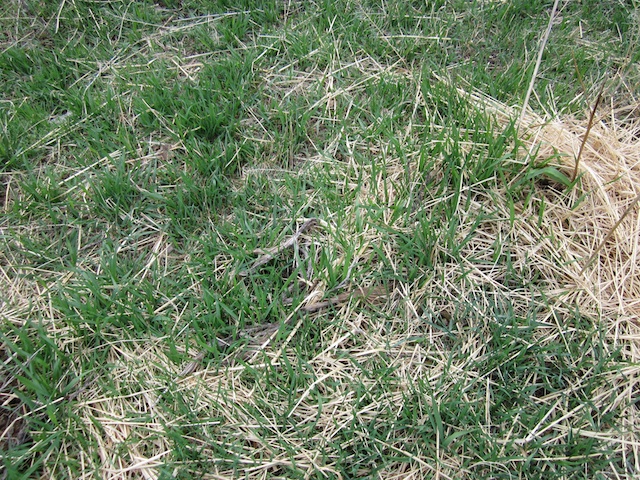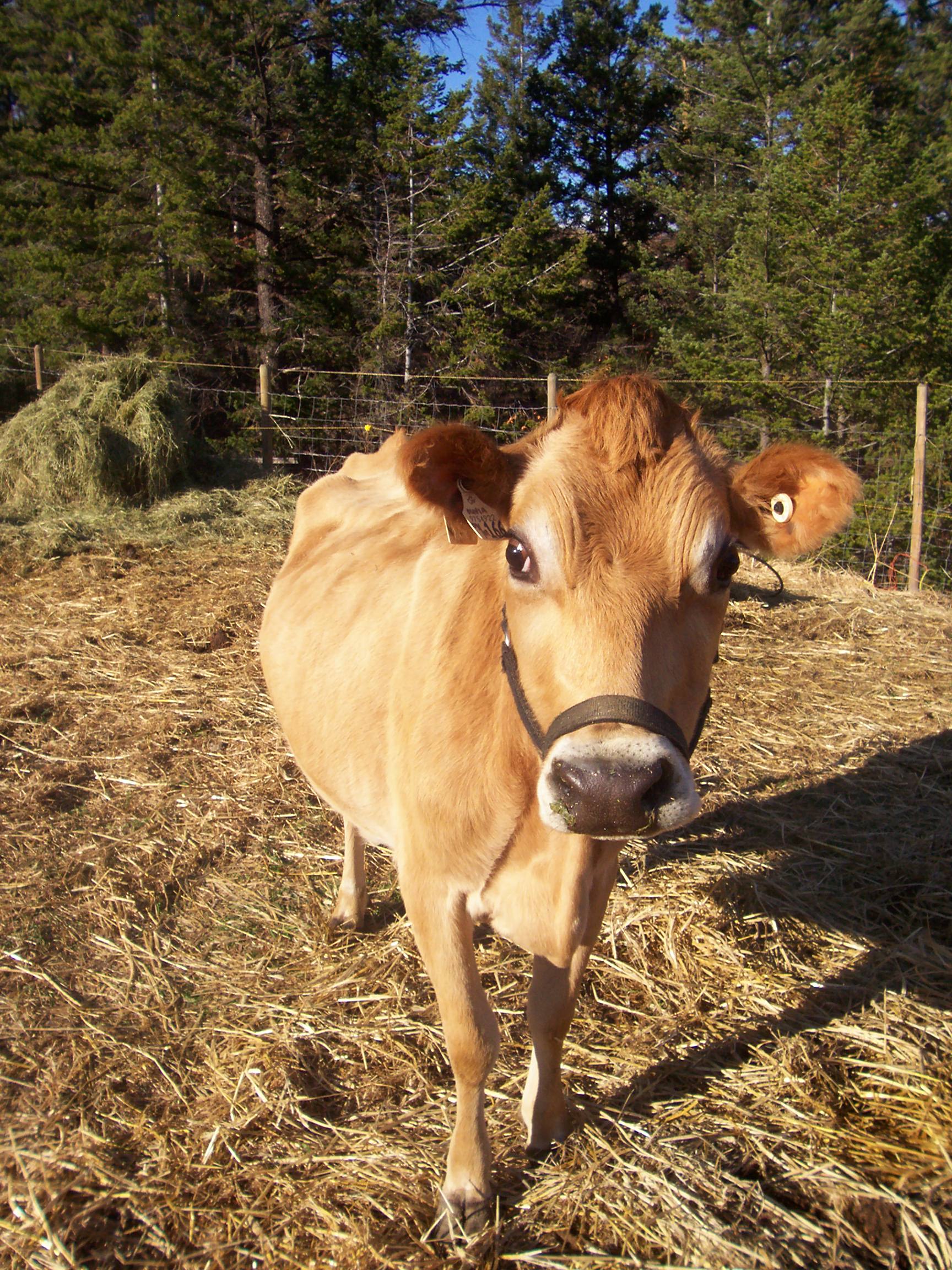The longest journey you’ll ever make is from your head to your heart.
Sioux saying
Brittle grassland is one of the most difficult systems to manage. After a lot of research Shaen decided to use Allan Savory’s methods as outlined in his Holistic Management: A New Framework for Decision Making. If you are looking for more information about what Allan Savory has done to heal grassland in some of the toughest environments on the planet, please see the Savory Institute or watch this video called Keeping Cattle: cause or cure for climate crisis?
I highly recommend putting aside some time to watch this lecture. This video will explain ideas like: slow-oxidation in brittle grassland, fast-oxidation fire, high-impact controlled grazing, predator prey relationships, dangers of over-resting pasture, and holistic planning. He also explains why we are an omnivore scavenger and why species extinctions have always followed humanity. Be ready to have your paradigm challenged or changed. This may be the most important video on this website.
Below is a short video outlining the salient points of holistic management.
All these pictures of the pasture were taken on April 28, 2012. The pasture is located on a north facing slope of a series of hills just inside the southwest corner of the City of Kamloops. The elevation of the pasture ranges from 777m to 817m (2560ft to 2700ft). The average yearly rainfall is 38.1cm (15″). We are considered zone 3 or 4. We leased 1.8 hectares (4.5 acres) two years ago for this experiment. The owners leased us another 0.6 hectares (1.5 acres) last year.
Below is a picture of the typical over-rested grassland in the Kamloops area. An over-rested grassland is an area where there are no herbivores to stomp down the dry, dead growth and break up the clumps of bunch grass. The cattle also urinate and manure the ground which brings in needed moisture and nutrients. Without herbivores, we see the greying of old growth which much later decomposes by slow-oxidation. Slow-oxidation is not a good way to decompose plant materials. Slow-oxidation is a chemical breakdown of plant material rather than the faster bacterial decay. If too much slow-oxidation occurs in a pasture, the pasture will transform into desert.
Next time you look at a cow, I want you to imagine the cow is a fermenting vat on four legs.? Herbivores carry water around in their digestive tracks and have a highly evolved symbiotic relationship with their gut flora. During the dry season, herbivores eating grass stop slow-oxidation because they carry the water and bacteria around in their gut and help the plants decay faster by using bacterial action.

Here is a picture from over the fence of ungrazed brittle grassland. You can see the slow-oxidation in the grey color of the older grass. The new grass has trouble getting light and has a tough time growing through the stubble. This pasture is slowly dying and will turn to desert.
Below is an example of what a brittle grassland looks like after grazing without mulch. There is a lot of variety in plants but the system is very fragile and prone to damage. Without biomass, the surface layer dries out extremely quickly in our hot, dry summers.
Below is an example of grazed brittle grassland after one year of hay mulch and high-impact controlled grazing. You can just barely see the pieces of cow pie that our pastured hens will scratch apart to get all the undigested grains. Maggots also grow in the cow pies which the hens and wild birds feast on. If the maggots are allowed to grow without bird predation, the cattle are plagued by flies. The cattle and birds really help each other out. This is an example of the beauty and complexity of natural system design.
Below is an example of a grazed brittle grassland after two years of hay mulch and high-impact controlled grazing. We have only 2275 liters (500 gallons) of water per day to irrigate 2.4 hectares (6.0 acres). That’s not very much water so irrigation didn’t do this. The hay mulch protects the topsoil and helps retain moisture. Any rain that falls will have a better chance of staying where it landed and not pour off the hills. Hay mulch also adds seeds to the pasture. We bring in local hay with seeds that are better adapted to the area.
Below is an example of standard grazing on the left. Note how the ground is almost bare. The soil is exposed to the elements. During bad rainstorms the soil will just roll off the hill into the gully. On the right is the property we lease from a neighbor. After we heavily graze an area with cattle, the cattle naturally stomp and break down the old growth and naturally urinate and manure the area bringing in moisture and nutrients. We then lock the cattle out of the area so the ground can recover. We then cover with hay mulch any soil that becomes exposed or any area that looks like it needs more biomass. The hay mulch also has seed which naturally seeds the pasture. We use local hay so the strains are better adapted to the area. The upper right field has only had one year of hay mulch and very little irrigation. The lower field has had two years of mulch. This area was used as a wintering bedding down area. The area has not recovered yet.
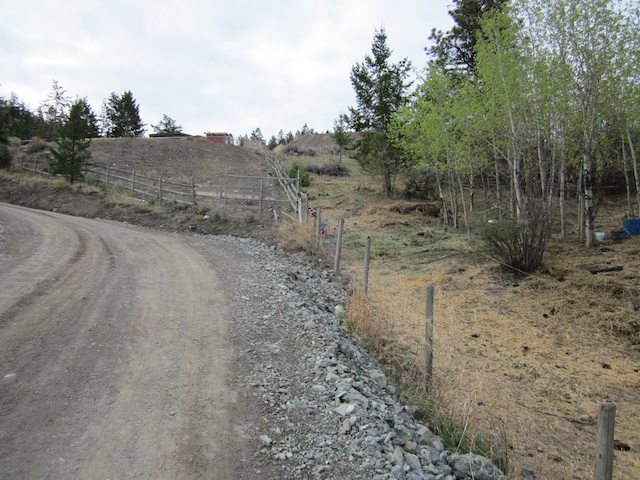
Our neighbor on the left is using standard grazing methods. On the right is the leased property we have been managing. Any open soil is covered with hay to hold moisture and protect the soil.
Below, on the left, is an example of our lower pasture. On the right of the fence is over-rested land. What you can’t see is how bare the ground is on the over-rested area. (See the first picture in this series.) All the dry, dead plant materials make it hard for the new grass to get light. According to Allen Savory, without herbivores stomping, urinating and manuring the grassland it will slowly die out and become a desert. Grasslands and herbivores evolved together and need each other to survive.
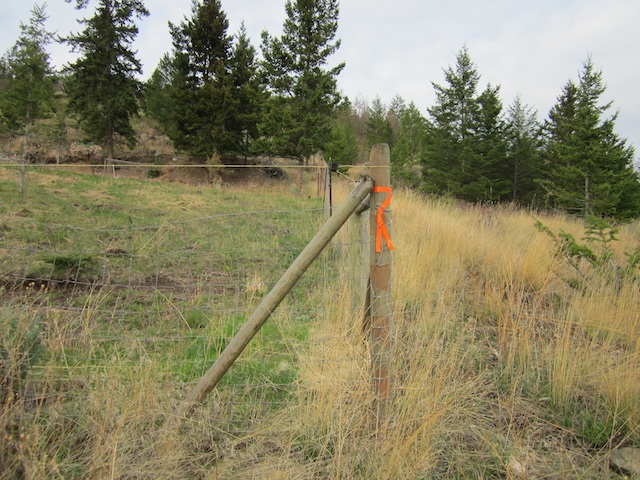
Our leased pasture is on the left and on the other side of the fence is over-rested pasture. Without herbivores, over-rested pasture will desertify.
Below is our lower pasture. It has had two years of high-impact controlled grazing and hay mulch. After two years we can visually see how much greener the area we manage is from the surrounding properties. It appears Allan Savory’s methods work very well for brittle grassland in the Kamloops area.
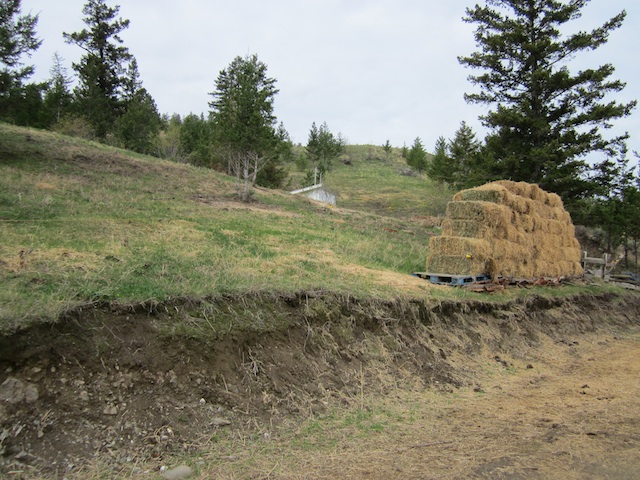
Here is an example of our lower pasture after two years of controlled grazing and hay mulch. This method requires bringing in fertility from other areas until the land can support the herbivores.

